From my research, it appears that this bookmark was produced in 1947 as part of the "Keep Germs to Yourself" campaign, by the Queensland Health Education Council (Australia). Many QLD newspapers published the Council's missive. Here is one example...
Queensland Times (Ipswich), Tuesday 20 May 1947, page 2
HEALTH SERVICE (Issued by the Queensland Health Education Council).
KEEP GERMS TO YOURSELF
Many of the ailments of this country are spread by droplets. If anyone sneezes in your face you will know what droplets are right enough. But there are many hundreds more than can be seen by the naked eye.
The point about these droplets is not just that they are wet and unpleasant. They contain thousands upon thousands of germs and these germs cause disease; the disease the sneezer or cougher suffers from.
It is important to remember that such infections as colds, influenza, bronchitis, pneumonia, and many infectious diseases of childhood-are caused by germs.
The main problem facing the germs is how to get from one body into another. The unbroken skin forms a stout barrier against germs. So It is not surprising that they choose such an easy way in as the mouth, nose, and throat. There they settle down and multiply and, when they are ready to attack somebody else, they irritate the nose and throat so that they are blown out into the air by a cough or sneeze. In this way they can easily spread from a careless cougher or sneezer to an unsuspecting friend, acquaintance, or stranger.
COVER UP THAT SNEEZE
Everything possible should be done to stop those germs getting out of your throat into that of another. This can be done in a number of ways. But the golden rule is that you should never cough or sneeze without placing your handkerchief over your mouth or nose. This is especially important in trains, trams, buses, theatres, and other crowded places. The handkerchief will stop most of the germs getting into the air and so into other people's noses and throats.
If you have droplet infections - a cold or influenza - you should go to bed at once. By doing so you avoid infecting others and will cut short your period off work.
Whatever your circumstances, do all you can to prevent these germs getting out of your mouth, nose, and throat on to the man, woman, or child next to you. Make sure your children are trained to do the same.
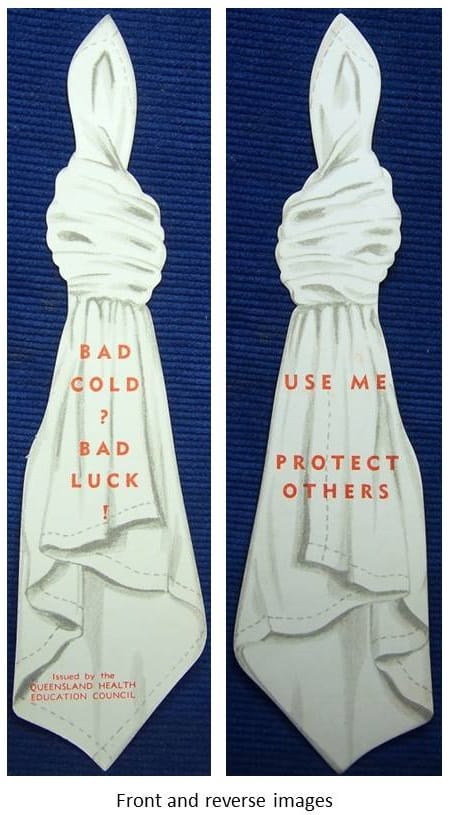
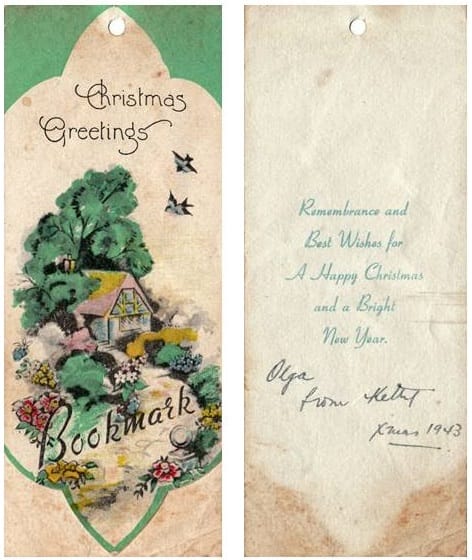

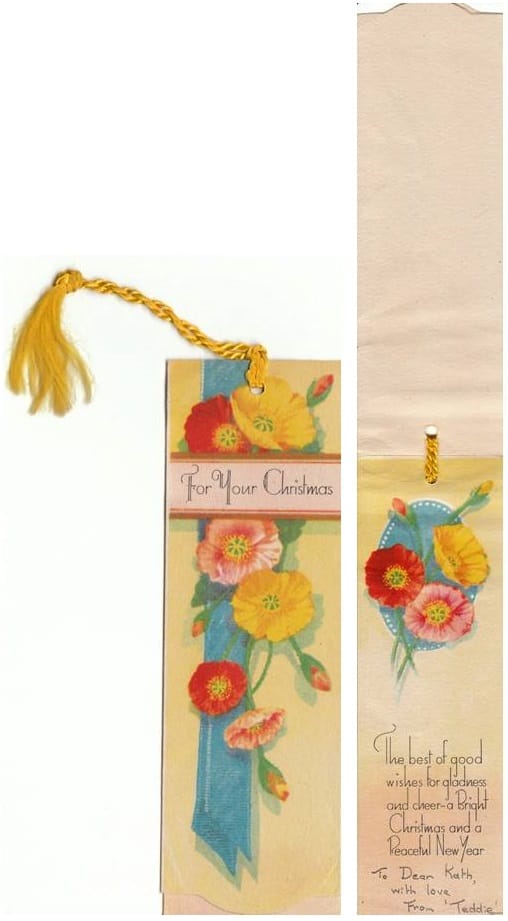
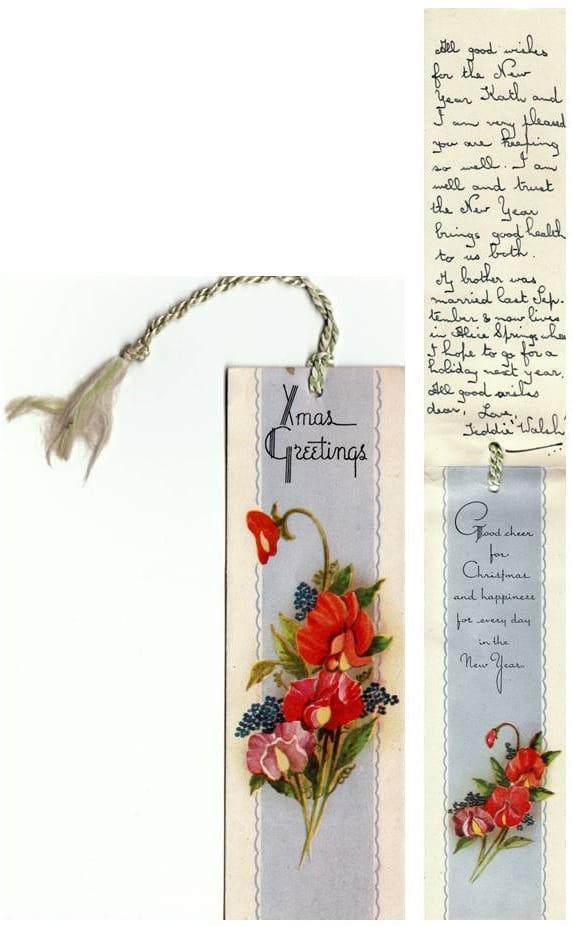
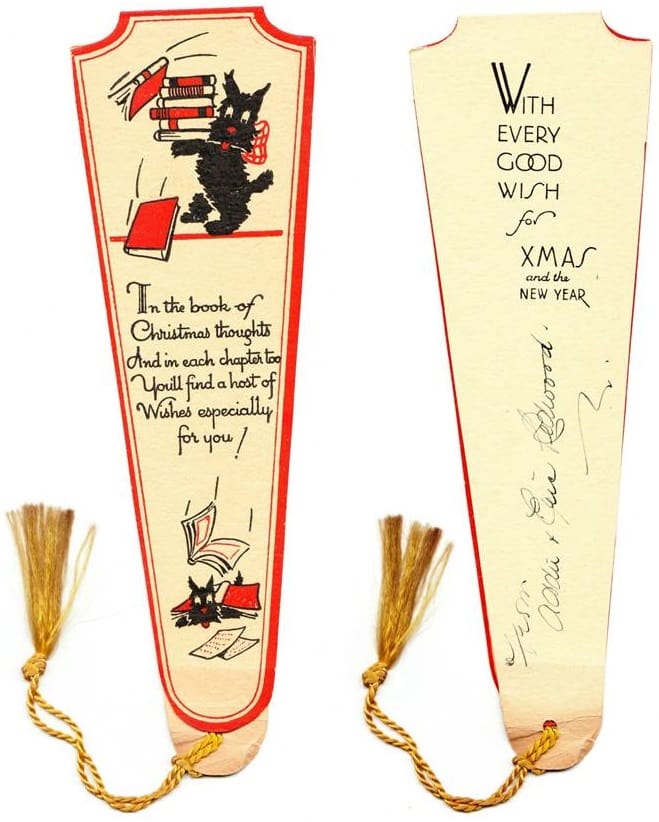
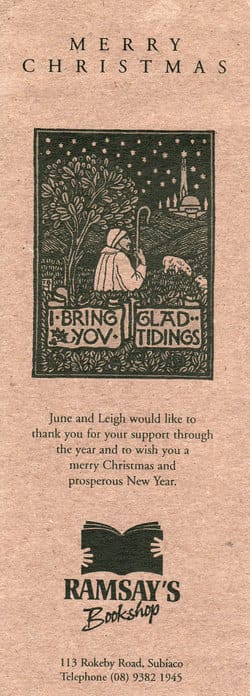
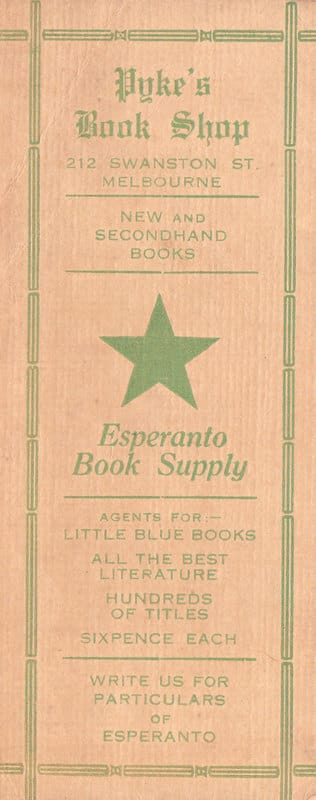
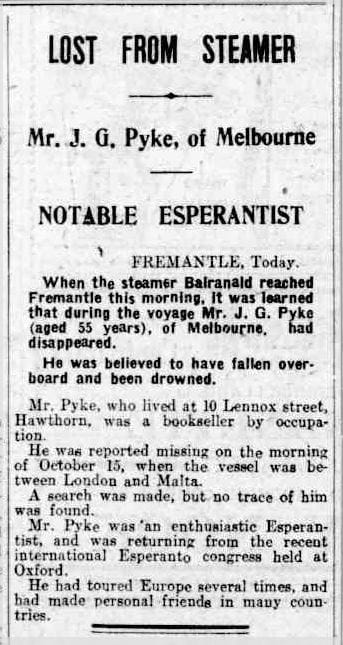

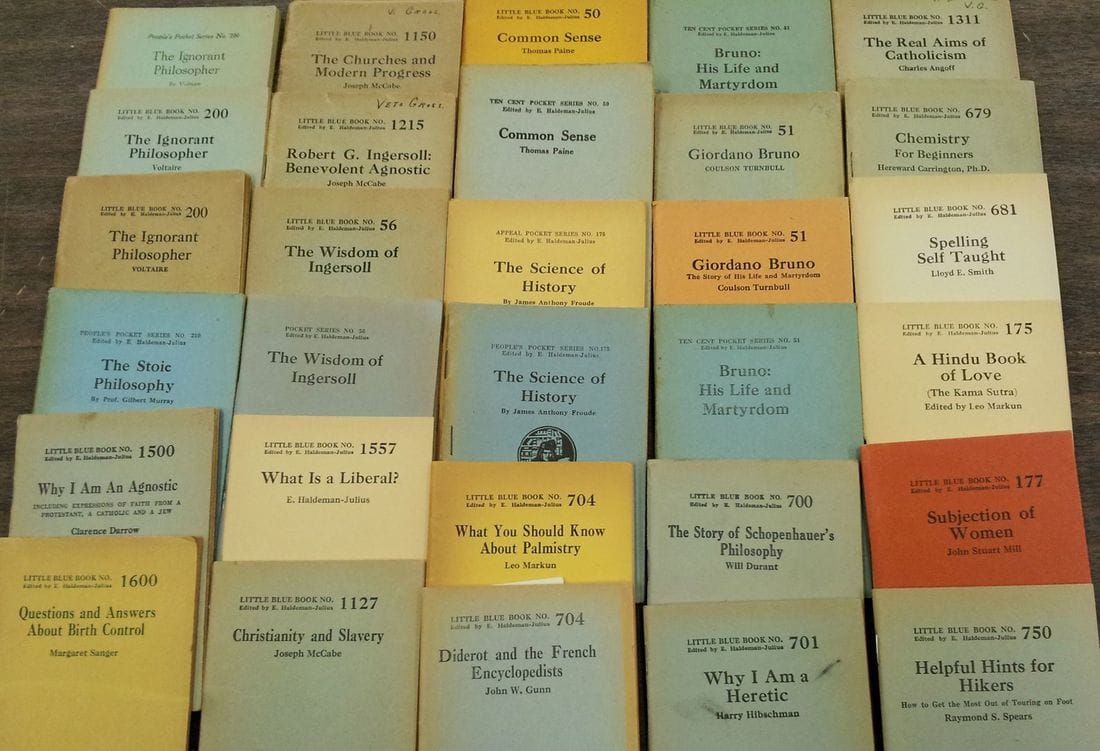
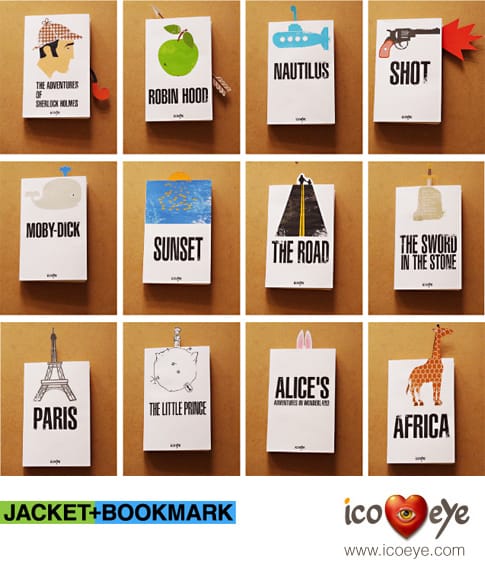
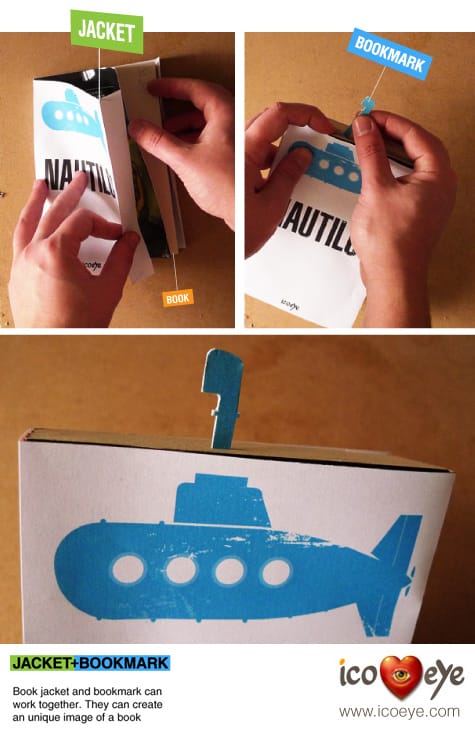

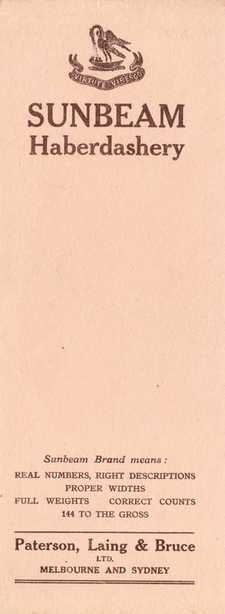
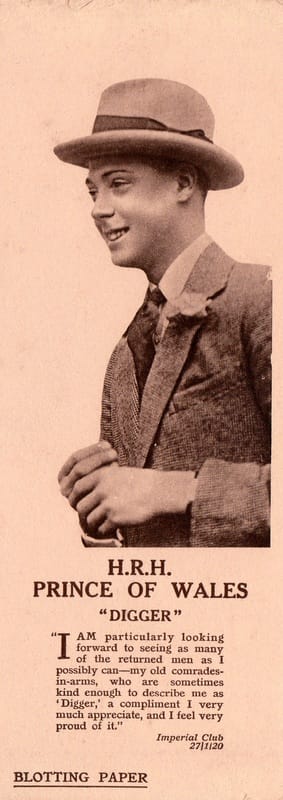
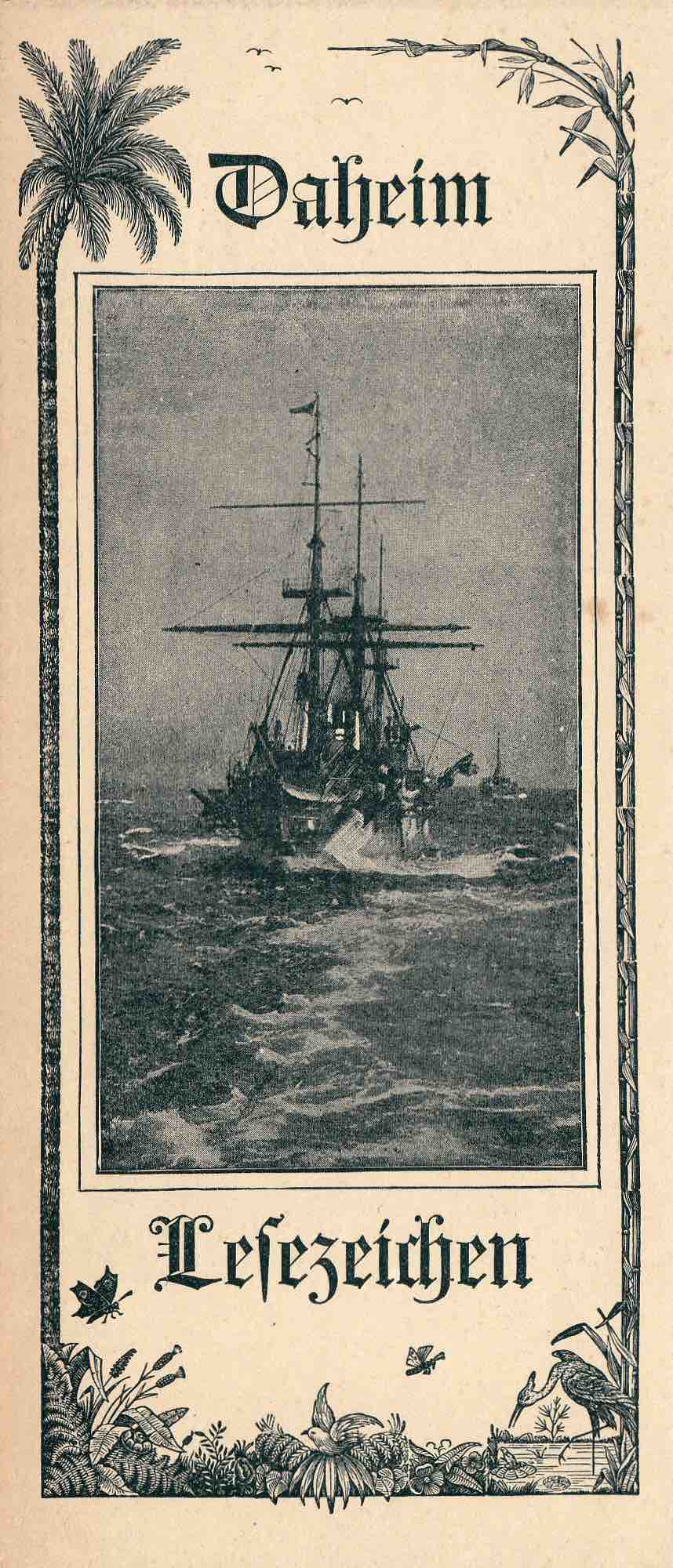
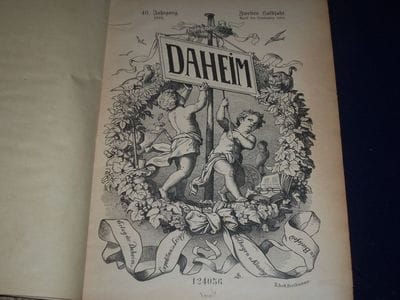


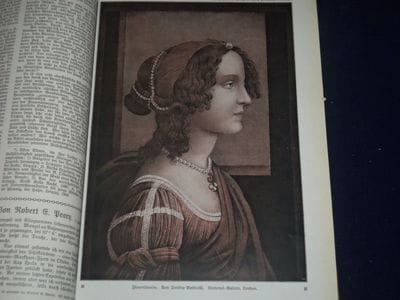
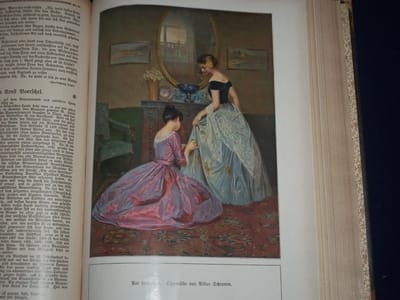
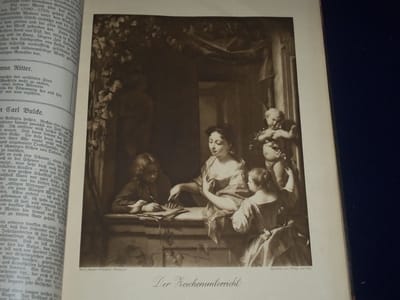
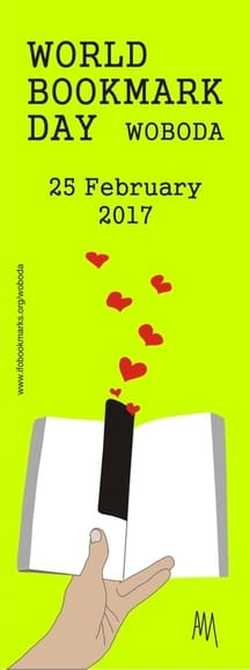
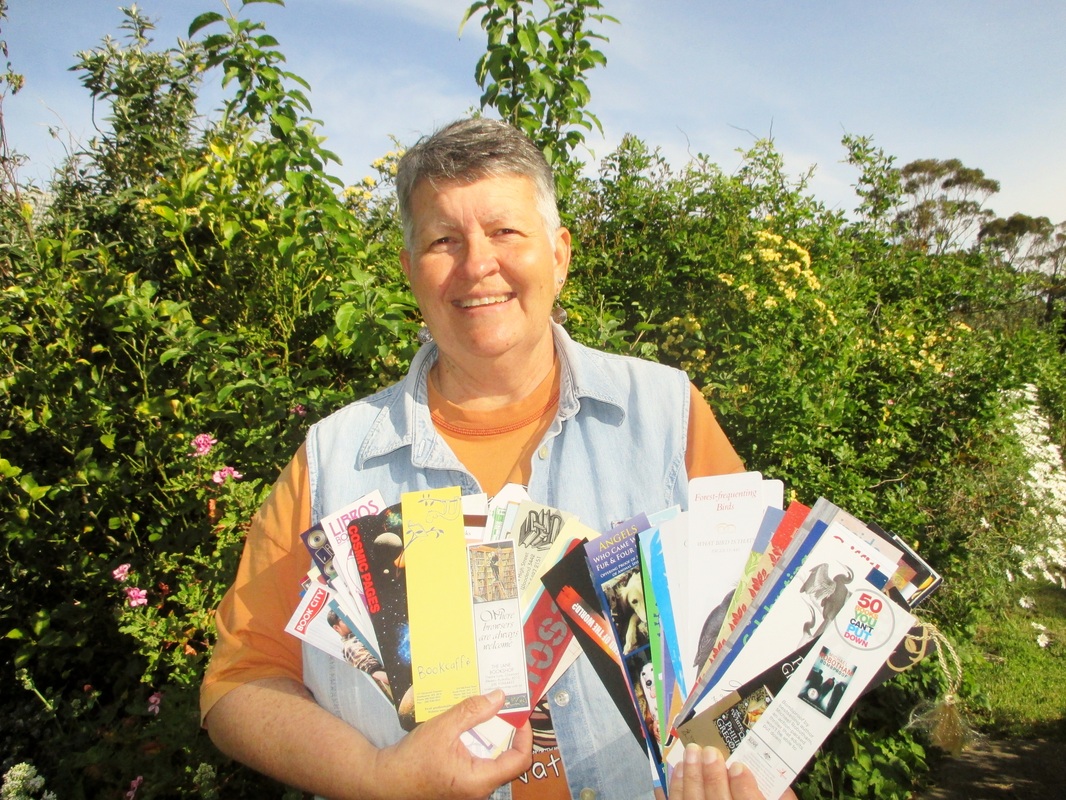
 RSS Feed
RSS Feed
